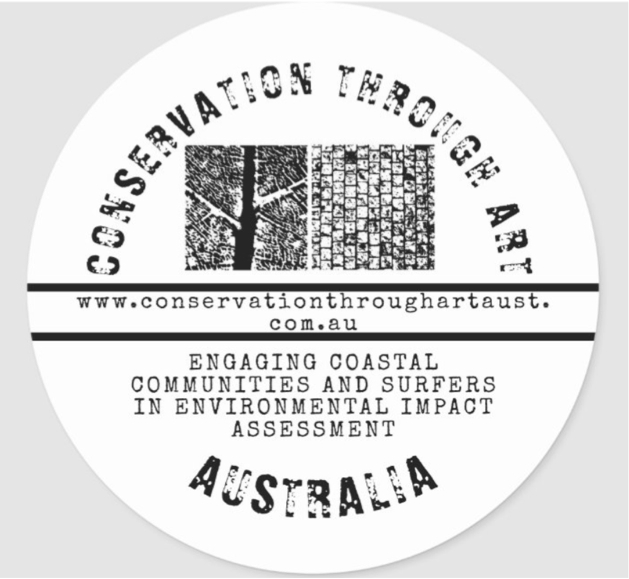About Conservation Through Art
Typically, my engagement with the landscape is initially sparked by some scientific interest or the aesthetic uniqueness of peculiar natural phenomena. Composition then becomes the main consideration, hence playing a vital role in my photography. In each case, the inclusion or exclusion of just the right type and amount of visual information translates my personal vision of natural phenomena. The process involves a kind of aesthetic distillation. I tend to pare down the visual information in front of me until I have encapsulated the exquisite beauty, scientific peculiarity and/or remarkable diversity of the landscape experience before me and captured some essence of it, in a single photo. The viewfinder of the camera is carefully shifted around in order to compose a particular arrangement of colours, lines, textures, patterns and shapes or to capture a particular ecological phenomena. I am also a painter and my photography sometimes subtly incorporates some influence from my process of painting.
My most successful images are – I feel – paradoxically both aesthetic/‘spiritual’ and scientific at the same time. Some are the result of a contemplative deliberative process, whilst others are very spontaneous and simple. I capture anything that resonates with me – from waves and surfers to rock and leaf surfaces, from crab holes and rainbows to dried seaweed and scattered shells. My underlying hope, however, is that the images somehow communicate to people my genuine spiritual need for frequent and meaningful interactions with natural places, whilst also translating my interest in earth-science concepts. My inspiration burgeons in relatively remote and untouched places; the further I am from human disturbance, the more the images reveal themselves to me.
Underlying my creative energy is a more serious drive to reiterate to people the need for conservation of our special natural places and their unique characteristics, down to a very small spatial-temporal scale and – more specifically – the need for conservation of ecosystem processes and ecosystem functionality. The type of momentary detail I capture as an artist is subject to destruction, often in a matter of seconds, by machinery associated with our government’s problematic economic rationalist ideology of never-ending growth and development. Despite growing evidence supporting the idea that human mental and spiritual well being depends significantly on frequent contact with nature and natural untouched places, EIA (Environmental Impact Assessment) in Australia – a process which is supposed to protect us all from the potential negative impacts associated with major development(s) – fails to address or assess any potential negative impacts from development(s) on human mental and spiritual well being. This is a significant problem in Australia.
In purchasing my images you are supporting a ‘grass-roots’, small scale and independent creative initiative. One of my primary objectives in selling my art work is to increase the level of (already existing) donation support to a leading conservation group. A percentage of profits from the selling of my work goes directly to this leading conservation group, as a supplemented amount (additionally) to an existing monthly donation. This additional donation is done annually as a one-off extra donation. Details of my donations are made publicly accessible on this site within the business section under the button that reads conservation donations. Any other profit from sales is used to fund further photography trips to capture these unique perspectives of natural phenomena and to use my web site and work to increase awareness of dysfunction in Australian EIA.
Your support is both needed and genuinely appreciated. Thankyou for supporting Conservation through Art Australia.
Roland Kopcsandy.
BA (Fine Art) Hons., Grad. Dip (Art Ed), BSc (Environ. Mngt).

